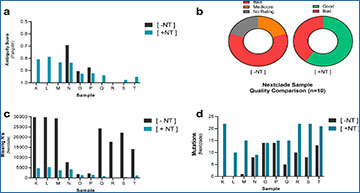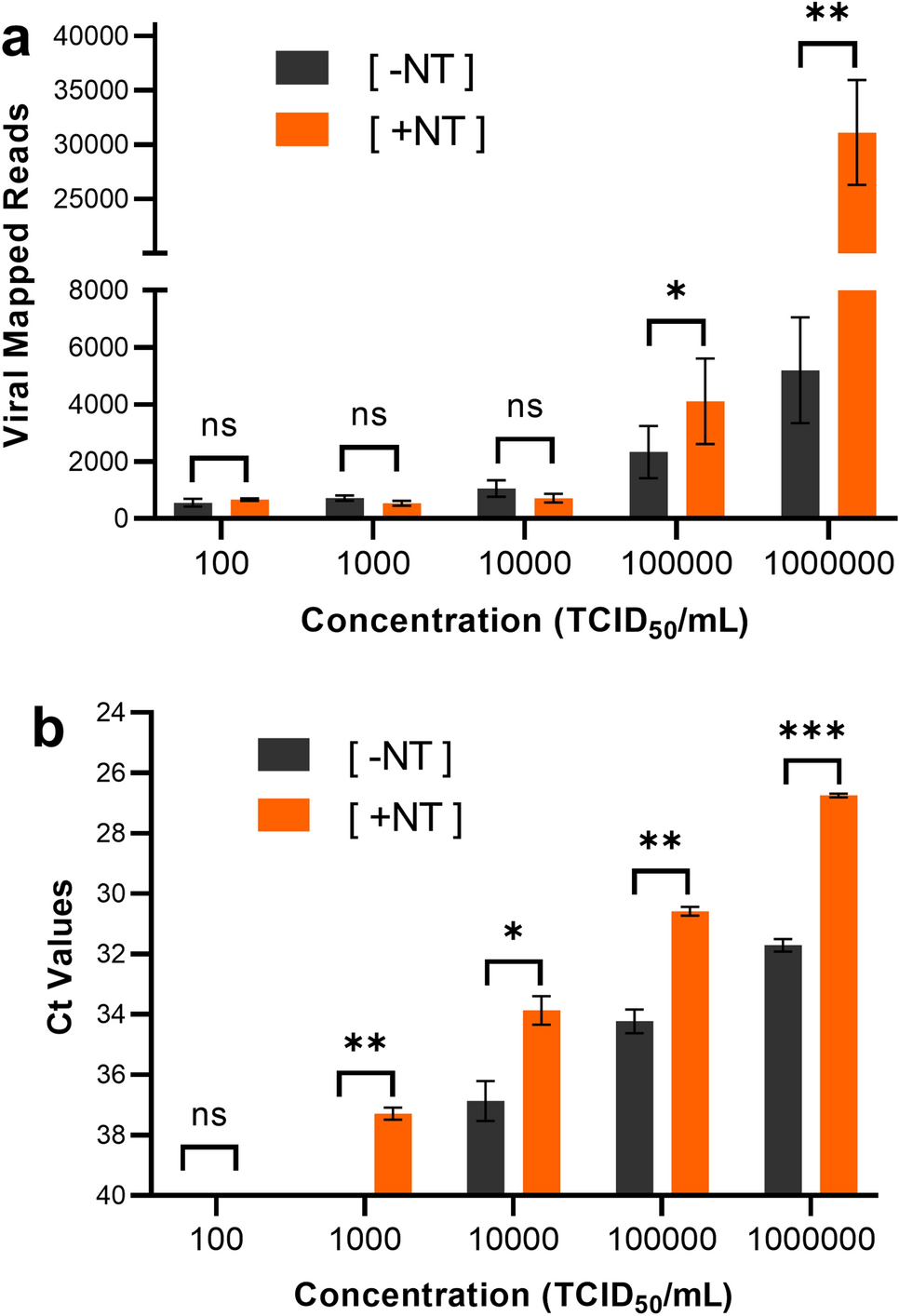Researchers from Ceres Nanosciences present a magnetic hydrogel particle enabled workflow for capturing and concentrating SARS-CoV-2 from diagnostic remnant swab samples that significantly improves sequencing results using the Oxford Nanopore Technologies MinION sequencing platform. This approach utilizes a novel affinity-based magnetic hydrogel particle, circumventing low input sample volumes and allowing for both rapid manual and automated high throughput workflows that are compatible with Nanopore sequencing. This approach enhances standard RNA extraction protocols, providing up to 40 × improvements in viral mapped reads, and improves sequencing coverage by 20-80% from lower titer diagnostic remnant samples. Furthermore, the researchers demonstrate that this approach works for contrived influenza virus and respiratory syncytial virus samples, suggesting that it can be used to identify and improve sequencing results of multiple viruses in VTM samples. These methods can be performed manually or on a KingFisher automation platform.
Magnetic Hydrogel Particles (Nanotrap Particle Workflow 1) Improves Sequencing of Contrived SARS-CoV-2 Samples
Heat inactivated SARS-CoV-2 was spiked into VTM at 102, 103, 104, 105, and 106 TCID50/mL, and samples were processed using Nanotrap Particle Workflow 1 [+ NT] or the Rneasy Kit alone [− NT]; n = 3 for each process. Samples then underwent sequencing on a ONT MinION R.9 flow cell (a) or RT-PCR (b). [+ NT] were compared to [− NT] by paired t-test in order to assess significance of increased viral detection. *p < 0.05, **p < 0.01, ***p < 0.001.
Andersen P, Barksdale S, Barclay RA, Smith N, Fernandes J, Besse K, Goldfarb D, Barbero R, Dunlap R, Jones-Roe T, Kelly R, Miao S, Ruhunusiri C, Munns A, Mosavi S, Sanson L, Munns D, Sahoo S, Swahn O, Hull K, White D, Kolb K, Noroozi F, Seelam J, Patnaik A, Lepene B. (2023) Magnetic hydrogel particles improve nanopore sequencing of SARS-CoV-2 and other respiratory viruses. Sci Rep 13(1):2163. [article]





